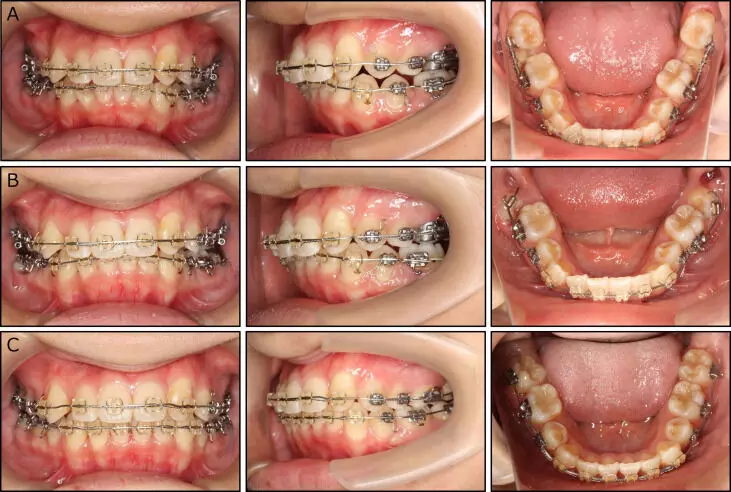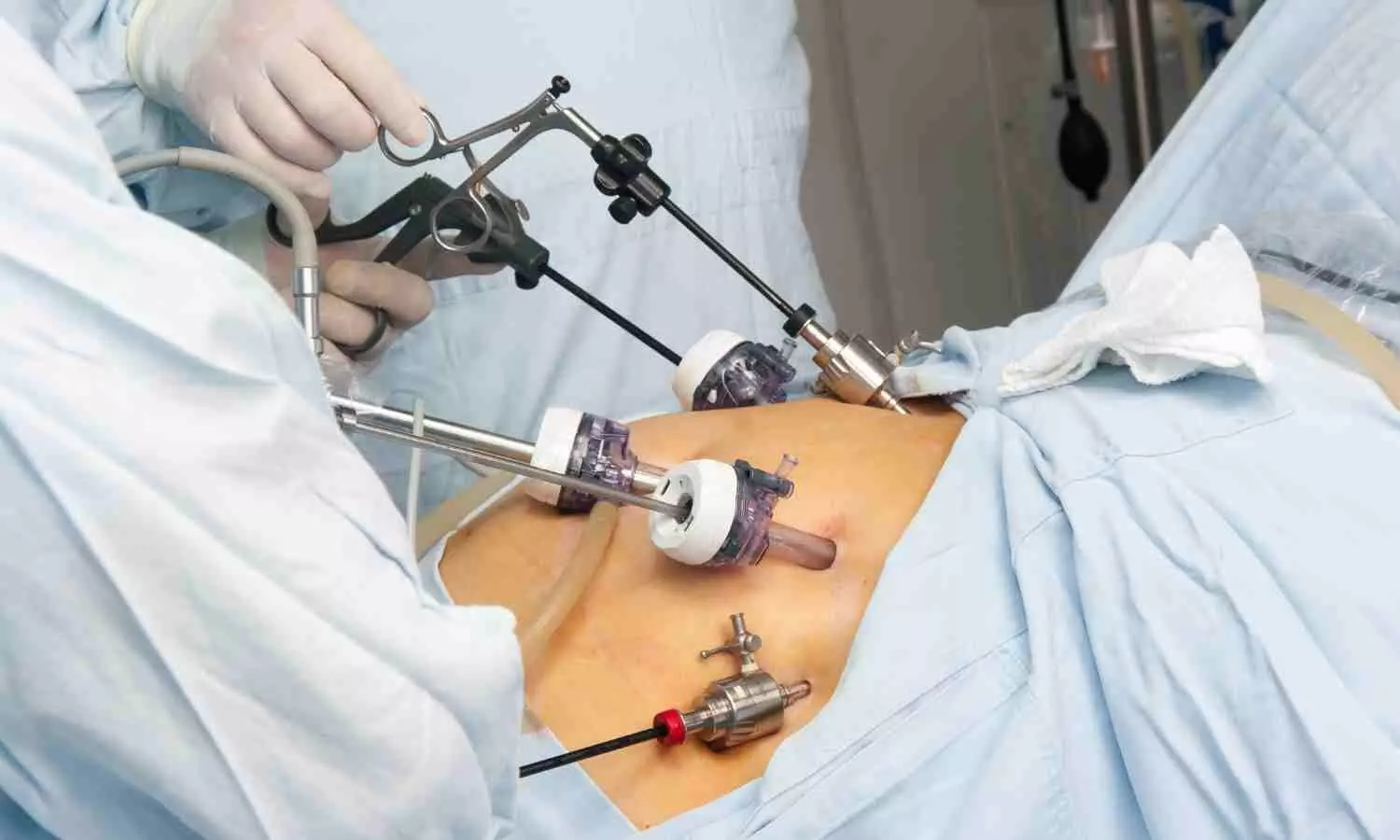Repeated low-level red light therapy exhibits clinical significance as short-term alternative for childhood myopia control: Study

Egypt: Repeated Low-Level Red Light (RLRL) treatment for childhood myopia treatment demonstrated significant benefits over single-vision spectacles, recent research published in BMC Ophthalmology has revealed.
The systematic review and meta-analysis showed that RLRL treatment demonstrated significant benefits in terms of reducing axial length (AL), positively impacting subfoveal choroidal thickness (SFCT), and improving spherical equivalent refraction (SER) over a 3, 6, and 12-month follow-up.
“Repeated Low-Level Red Light exhibited clinical significance as a short-term alternative for myopia control with good user acceptability and no documented functional or structural damage,” the researchers wrote. However, the long-term effects of RLRL treatment and the rebound effect after cessation require further investigations.”
According to the researchers, this is the first systematic review and meta-analysis investigating only randomized controlled trials (RCTs) evidence supporting the efficacy of 650 nm RLRL for myopia control in the short term of 3, 6, and 12 months follow-up.
Myopia is the most prevalent form of refractive error that has a major adverse effect on visual function and causes blurring of vision. High myopia is linked to a significant risk of disorders that permanently impair vision, such as glaucoma, myopic maculopathy, retinal detachment, and staphyloma. As a result, myopia is a significant public health issue, and a strategy is urgently needed to stop its progression.
Mohamed Ashraf Youssef, Faculty of Medicine, Beni Suef University, Beni Suef City, Beni Suef, Egypt, and colleagues sought to determine if Repeated Low-Level Red Light treatment is beneficial in treating childhood myopia in terms of spherical equivalent refraction, axial length, and subfoveal choroidal thickness.
For this purpose, the researchers performed a systematic review of RLRL for myopia treatment in children compared to single vision spectacles (SVS). They employed a search strategy with keywords myopia and low-level light therapy, then they searched for online databases. The mean differences (MD) were used to evaluate the treatment effects.
The meta-analysis included five RCTs comprising 833 patients, 407 in the treatment group and 426 in the control group.
Based on the review, the researchers reported the following findings:
- At a 3-month follow-up period, pooled studies show a statistical difference in AL between the RLRL and SVS group (MD = -0.16, SER (MD = 0.33), and SFCT (MD = 43.65).
- At a 6 month follow-up period, pooled studies show a statistical difference in AL between the RLRL and SVS group (MD = -0.21), SER (MD = 0.46), and SFCT (MD = 25.07).
- At a 12-month follow-up period, pooled studies show a statistical difference in AL between RLRL and SVS group (MD = -0.31) and SER (MD = 0.63).
In conclusion, the findings showed the clinical significance of RLRL for myopia control concerning SER, AL, and SFCT. It slowed down and reversed the myopia progression in a large proportion of children. RLRL therapy is an effective new alternative treatment for myopia control. However, there is a need to investigate the effect of long-term RLRL treatment and the rebound effect after cessation.
Reference:
Youssef, M.A., Shehata, A.R., Adly, A.M. et al. Efficacy of Repeated Low-Level Red Light (RLRL) therapy on myopia outcomes in children: a systematic review and meta-analysis. BMC Ophthalmol 24, 78 (2024). https://doi.org/10.1186/s12886-024-03337-5
Powered by WPeMatico











